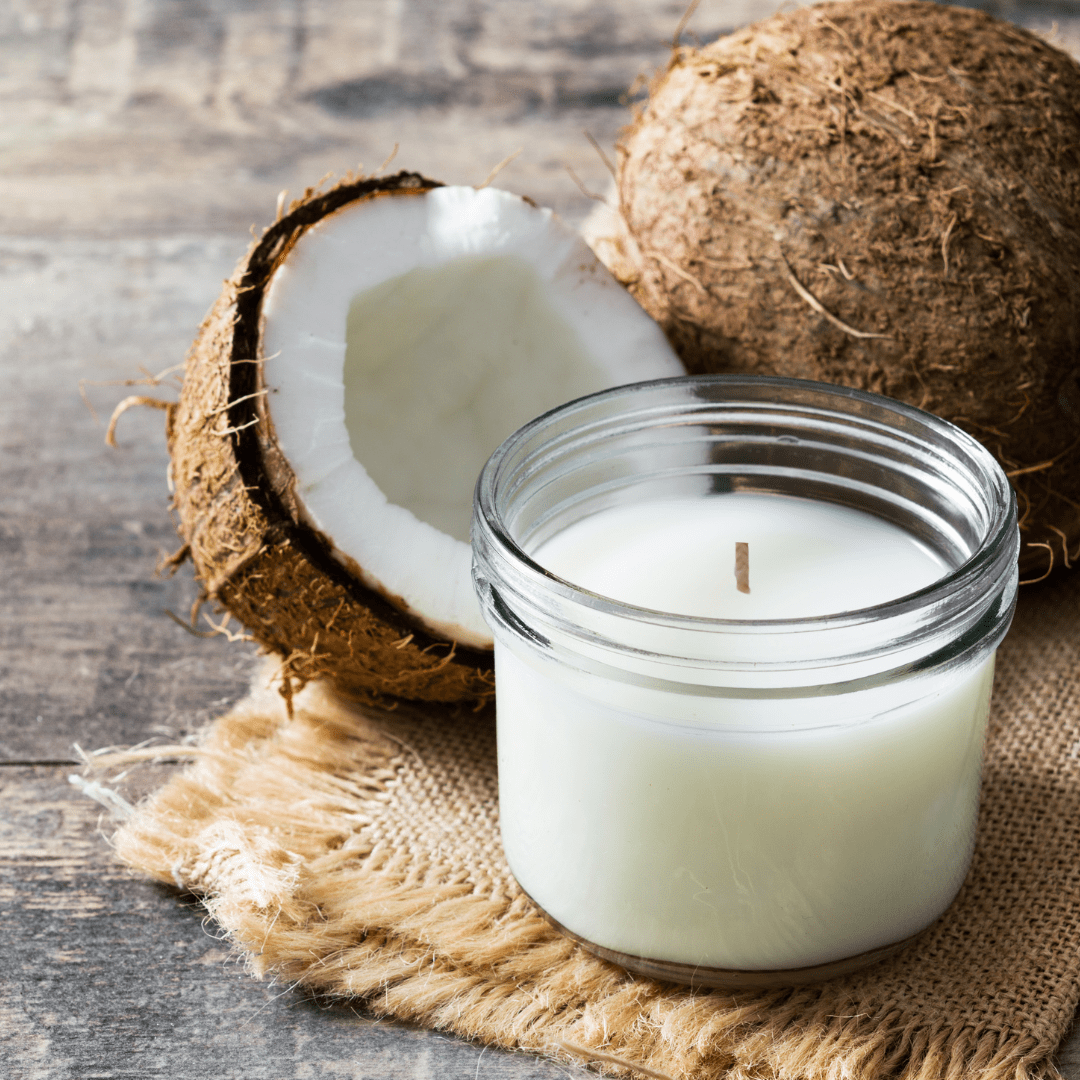Discover the Magic of Crystal Soy Candles and Home Fragrance
Discover the Magic of Crystal Soy Candles and Home Fragrance
Blog Article
From Wick to Wax: Recognizing the Chemistry Behind Soy Wax Candles and Their Ecological Effect
As we brighten our spaces with the cozy glow of candle lights, there exists a world of detailed chemistry behind the apparently simple act of lighting a soy wax candle light. Join us as we unwind the scientific intricacies behind soy wax candles and explore their effects on our setting.
Soy Wax Vs. Paraffin Wax
When comparing soy wax and paraffin wax for candle light production, it is vital to understand the distinct characteristics and benefits of each material. Soy wax is an all-natural, renewable energy originated from soybean oil, making it green and naturally degradable - soy candles. On the other hand, paraffin wax is a by-product of oil refining, which raises issues regarding its environmental influence and sustainability
Soy wax candle lights shed cleaner and produce much less soot contrasted to paraffin wax candle lights, making them a healthier option for interior air quality. In addition, soy wax has a lower melting point, permitting a longer-lasting candle that spreads fragrance a lot more effectively. Paraffin wax, on the other hand, has a tendency to burn faster and less easily, potentially launching hazardous chemicals into the air.
From a sustainability point of view, soy wax is preferred for its biodegradability and eco-friendly sourcing, lining up with the expanding consumer preference for eco conscious items. While paraffin wax has actually been a standard option in candle light making due to its cost and convenience of usage, the shift towards green options like soy wax is gaining momentum in the sector.
Chemical Structure of Soy Wax

Burning Refine in Soy Candles
The chemical structure of soy wax directly affects the burning procedure in soy candle lights, influencing aspects such as melt time, scent launch, and environmental effect. When a soy candle light is lit, the warmth from the flame thaws the wax near the wick. This liquid wax is then created the wick as a result of capillary activity. As the fluid wax gets to the flame, it vaporizes and goes through burning. The burning process involves the vaporized hydrocarbons in the wax responding with oxygen in the air to produce warm, light, water vapor, and carbon dioxide.
The burning effectiveness of soy candle lights is affected by the purity of the soy wax and the top quality of the wick. A clean-burning soy candle with a correctly sized wick will certainly generate a consistent flame and minimize soot formation. This not only expands the shed time of the candle light yet likewise enhances the launch of fragrances. In addition, soy wax candles have a lower ecological influence compared to paraffin candles as a result of their eco-friendly and eco-friendly nature.

Ecological Benefits of Soy Wax

Taken into consideration a lasting choice to typical paraffin wax, soy wax supplies remarkable ecological advantages that make it a prominent selection among eco-conscious consumers. One considerable advantage of soy wax is its renewable sourcing. Soy wax is originated from soybean oil, which is mostly grown in the USA. The growing of soybeans assists support regional farmers and reduces the dependency on non-renewable fossil gas made use of in paraffin wax manufacturing. Additionally, soy wax is biodegradable, indicating it breaks down normally without releasing harmful toxic substances right into the atmosphere. This characteristic makes soy wax candles a much more eco-friendly choice contrasted to paraffin wax candle lights, which are made from petroleum, a non-renewable resource. Soy wax burns cleaner and creates much less soot than paraffin wax, contributing to better indoor air quality and decreasing the requirement for cleaning and maintenance. Generally, the environmental benefits of soy wax line up with the growing demand for lasting and environment-friendly items in the market.
Recycling and Disposal Factors To Consider
Reusing and proper disposal of soy wax candles play an important function in preserving ecological sustainability and reducing waste in areas and families. The very first action is to make certain that the candle has actually burned completely when it comes to recycling soy wax candle lights. This can be attained by allowing the candle light to burn till the wick is no more usable, and after that allowing the remaining wax cool and strengthen. As soon as the wax has actually strengthened, it can be meticulously eliminated from the container.

In terms of disposal, if recycling is not an alternative, soy wax candle lights are biodegradable and can be safely disposed of in the majority of home waste systems. internet It is always advised to examine with neighborhood recycling facilities or waste administration solutions for certain guidelines on candle disposal to make certain correct handling and environmental defense.
Final Thought
To conclude, the chemistry behind soy wax candle lights exposes their ecological advantages over paraffin wax candles. Soy wax, stemmed from soybean oil, burns cleaner and generates much less residue when contrasted to paraffin wax. The burning procedure in soy candles is a lot more efficient, leading to a longer and much more even burn. In addition, soy wax is renewable and naturally degradable, making it an extra lasting choice for candle Get More Info manufacturing. Recycling and appropriate disposal of soy wax candle lights additionally add to their environmental influence.
When comparing soy wax and paraffin wax for candle light production, it crystal soy candles is necessary to recognize the distinct attributes and benefits of each material (candles).Soy wax candle lights burn cleaner and release much less residue compared to paraffin wax candles, making them a healthier option for indoor air quality.Taken into consideration a sustainable option to traditional paraffin wax, soy wax supplies remarkable environmental advantages that make it a prominent choice among eco-conscious consumers. Soy wax burns cleaner and creates much less soot than paraffin wax, contributing to better indoor air quality and decreasing the requirement for cleaning and upkeep.In final thought, the chemistry behind soy wax candle lights discloses their ecological advantages over paraffin wax candles
Report this page